Air plants, scientifically known as Tillandsia, are unique and fascinating plants that belong to the Bromeliad family. Unlike traditional plants, air plants don’t require soil to grow. Instead, they extract moisture and nutrients from the air through their specialized trichomes (tiny hair-like structures) on their leaves. They are often found in tropical and subtropical regions, clinging to trees, rocks, or other surfaces.
In this article, we’ve covered all aspects of this incredible plant, from the proper care of these incredible plants to the artful display of them in your home.
1. Light And Air
Air plants thrive in bright, indirect light. Place them near a window where they can receive filtered sunlight. More importantly, avoid exposing them to direct, intense sunlight, as this can cause their leaves to scorch.
Good air circulation is essential for air plants. Provide adequate ventilation by allowing some airflow in the room or gently shaking the plants after watering to remove excess moisture from the base.
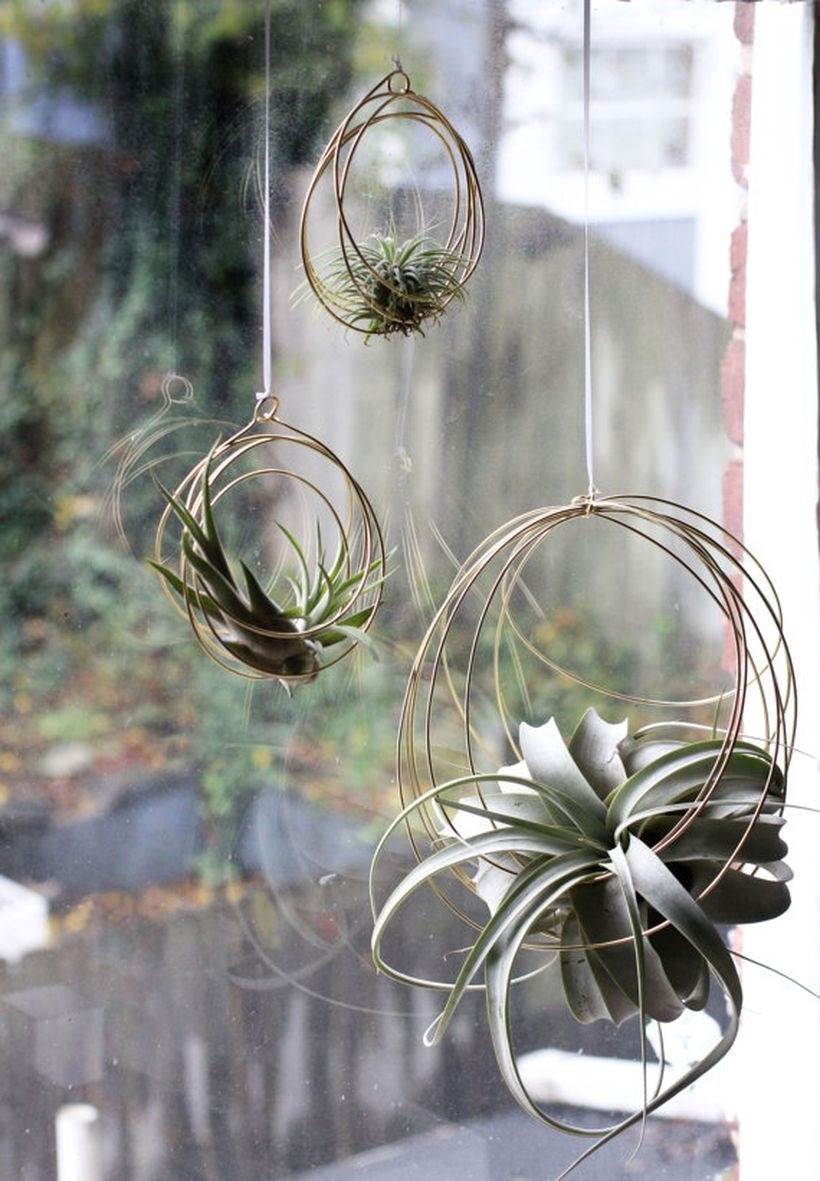
2. Temperature
Air plants prefer temperatures between 50°F to 90°F (10°C to 32°C), so it should be protected from extreme cold or heat.
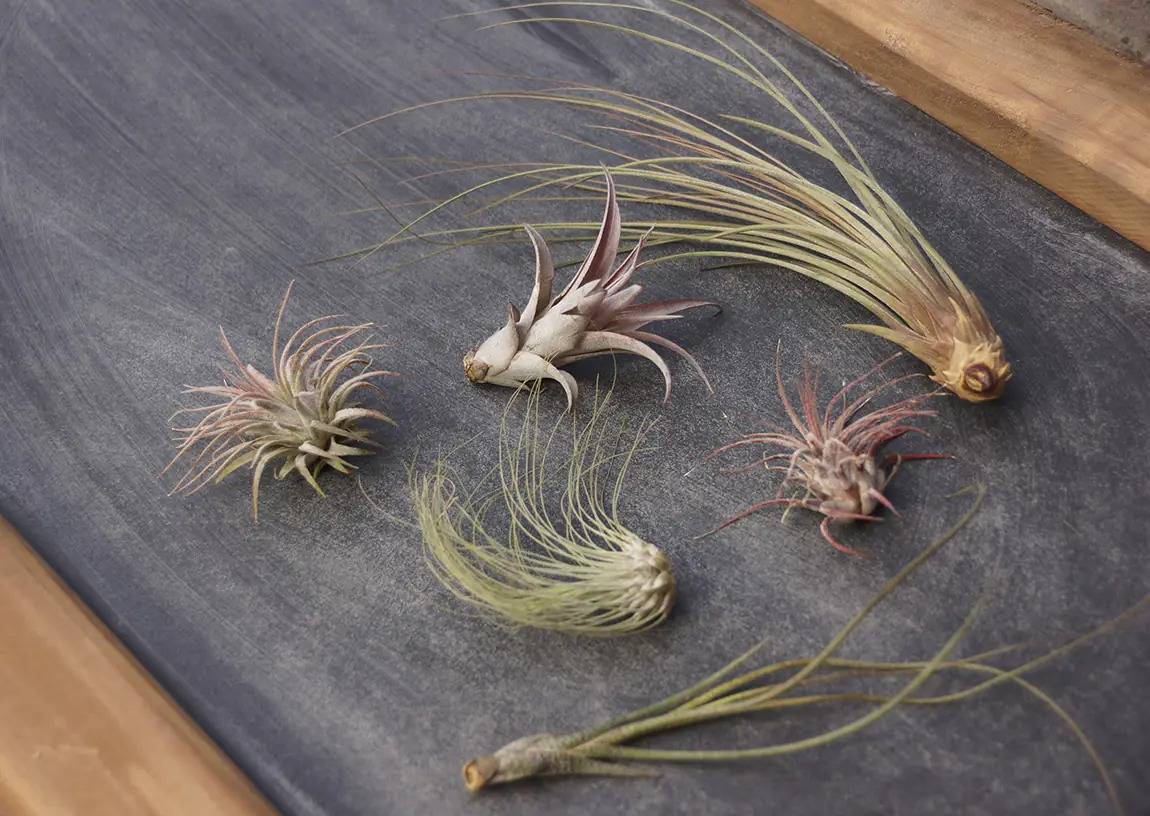
3. Watering
Proper watering is crucial for air plants. Submerge your air plants in room-temperature water for 20-30 minutes every 1-2 weeks. After soaking, gently shake off excess water and allow them to dry thoroughly before placing them back in their display. Adjust the watering frequency based on your local humidity levels; in drier climates, you may need to water more often.
When watering, use filtered or rainwater, if possible, to avoid mineral buildup from tap water, which can harm air plants over time. Overwatering is a common mistake with air plants. Ensure they dry completely after each watering to prevent rot.
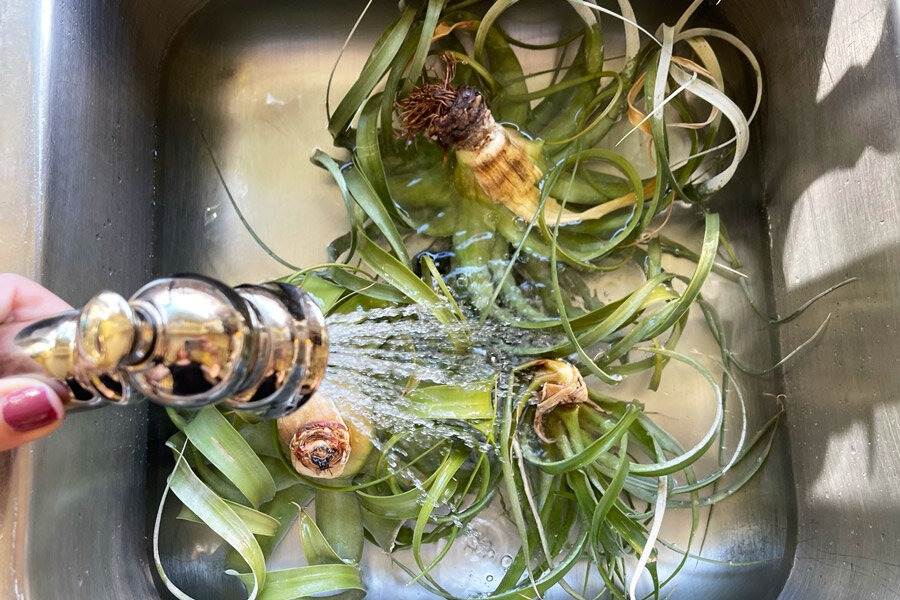
In addition to soaking, mist your air plants with a spray bottle every few days, especially during dry periods. This provides additional moisture and helps mimic their natural environment.
4. Fertilization
Air plants need nutrients. You can feed them by adding a diluted, water-soluble, balanced fertilizer (e.g., 20-20-20) to your soaking water once a month during the growing season (spring and summer). Reduce or eliminate fertilizer during the dormant period (fall and winter).
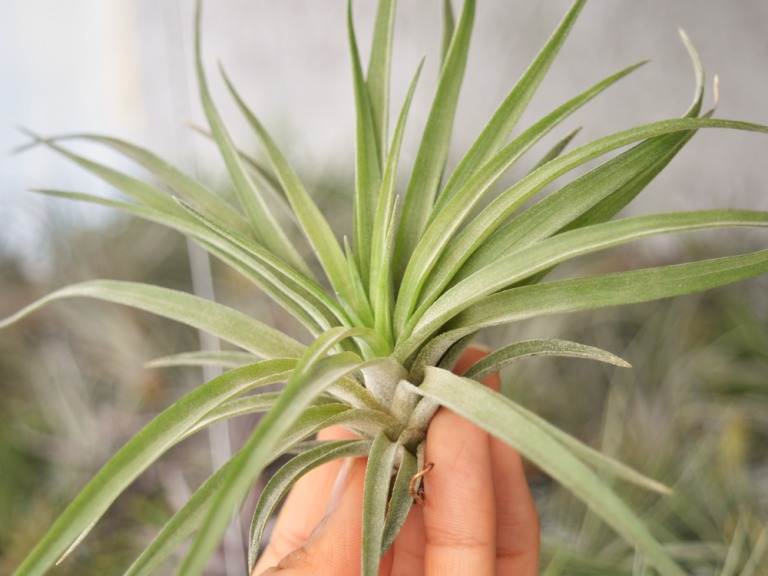
5. Monitor For Pests
Keep an eye out for pests like spider mites or mealybugs. If you spot any, remove them with a gentle spray of water or by wiping the affected areas with a soft cloth.
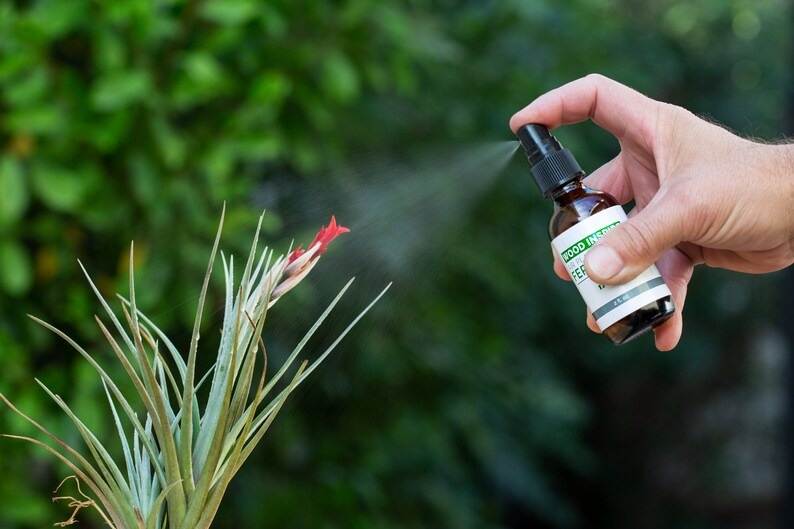
6. Rest Period
Air plants have a natural growth cycle. During the rest period (usually in the winter), they may grow more slowly. Adjust your care routine accordingly by reducing watering frequency.
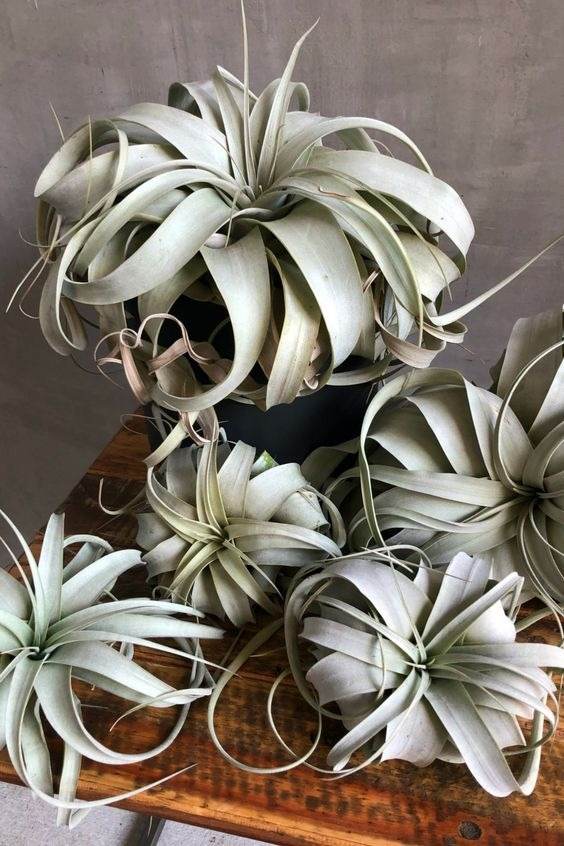
7. Display
It’s time to get creative with how you display your air plants. They can be placed in decorative containers, on driftwood, or even mounted on walls. Just ensure that whatever you choose allows for good air circulation. The only thing you should keep in mind is gentle treat air plants. Their leaves are delicate, and rough handling can damage them.
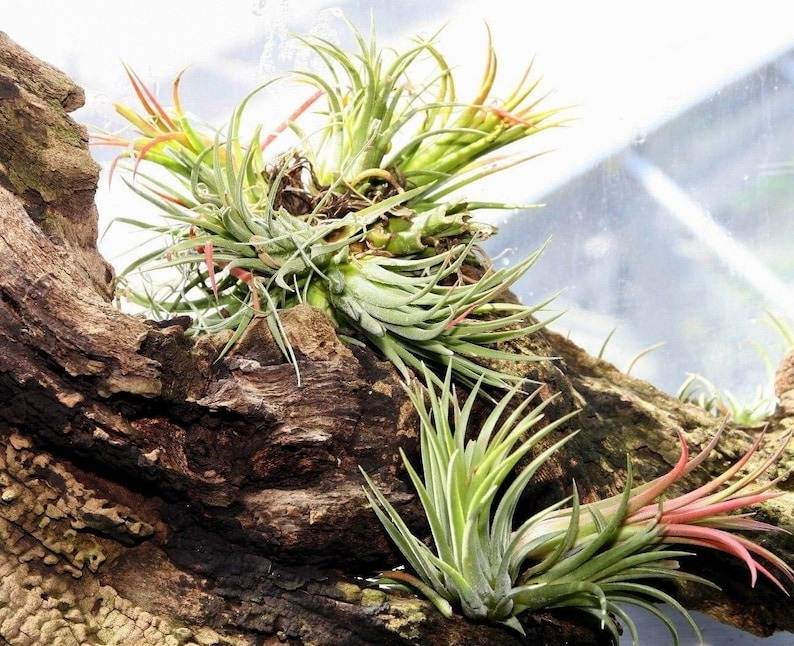
Growing air plants can enhance your indoor space and also your mood. Their unique appearance and minimal care requirements make them a popular choice for indoor gardening. With the right care and attention to their specific needs, your air plants can thrive and bring a touch of nature into your home.
